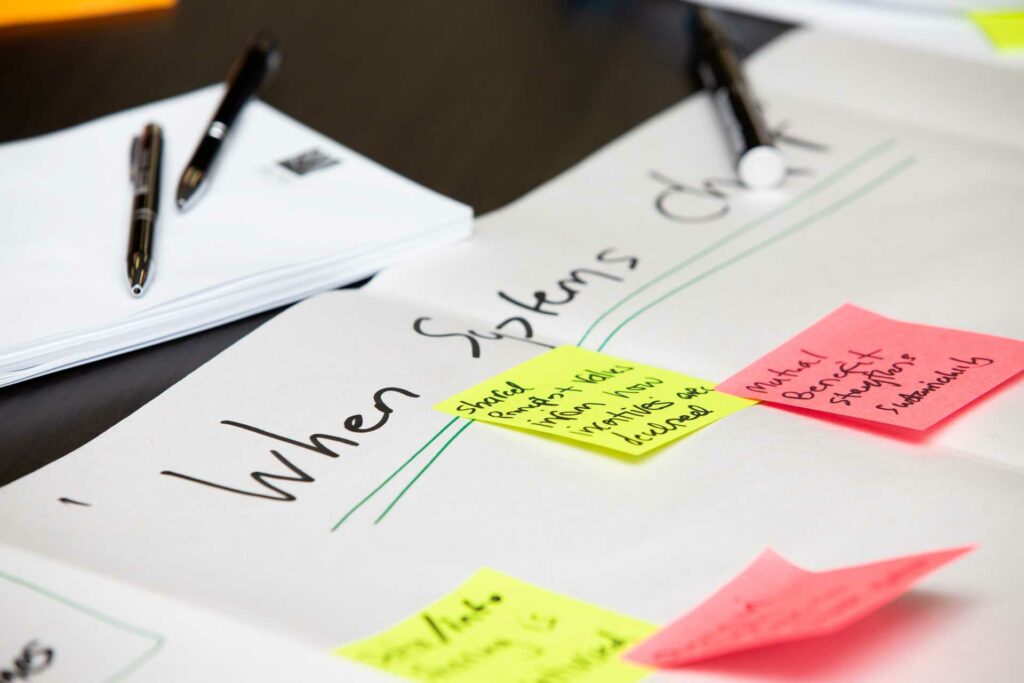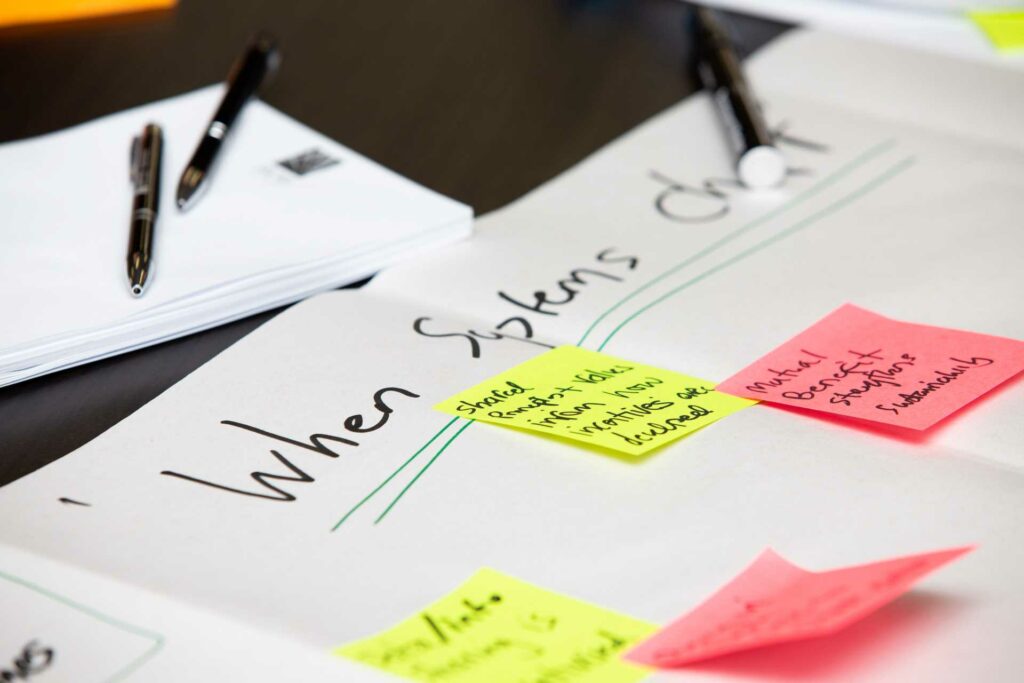Working in partnership is a tool we can employ when seeking to address complex problems.
Many of the services we work with across the health justice landscape are investing in partnership and collaboration to address thorny, complex, socially determined challenges that no one discipline or service can address alone.
In this and previous work I see the exciting and transformative opportunity for partnership to address complex and – dare I say it – ‘wicked’ problems. But often it’s easier to see what’s hard.
Potentially one of the toughest partnering principles to genuinely build is equity, and, with it, the ability of individuals, disciplines and services to name, disrupt and use power.
In my opinion, we don’t talk enough about power as a concept and tool when working in partnership across the health justice landscape. It’s uncomfortable. It’s messy. It’s seen as disruptive and divisive. But, like all partnering challenges, it doesn’t have to be insurmountable and it’s not a barrier to effective partnering. If we can name and expect common challenges that emerge when collaborating, we can arm ourselves with the tools to address them. When this is done in relation to power, it can be a game-changer in building and maintaining equitable, purpose-driven partnerships.
There are lots of different forms of power that will manifest, and can be drawn upon, at different points in a partnership’s life. Just some forms of power include:
- Authority-based power (that which is commonly attributed to positions of seniority or status within communities and organisations)
- Social power (that which is commonly attributed to identity with and experiences of class, race, gender, sexuality, ability, faith, culture, ethnicity and the like; and our connections with others)
- Knowledge-based power (that which is commonly attributed to knowledge, information, skills and expertise)
- Institutional power (that which is attributed to membership of institutions, organisations, disciplines and the like – this is closely aligned with knowledge and authority-based power)
- Personal power (that which is attributed to our own sense of agency and confidence, and is heavily influenced by our social power).
One tool folks working in HJPs can try when starting to name and disrupt power is a power audit.
Every individual, discipline and service in a partnership will hold and manifest different forms of power at different times. A power audit can help partners and partnerships pay attention to, work with and disrupt power. A power audit will involve reflecting on:
- Where and in what contexts does each individual, discipline and service hold power?
- What sort of power?
- What resources and privileges are brought by that power?
- How is the power currently used and how might it be used differently?
This can be a self-reflection exercise, or you can call upon your courage and ask colleagues to join with you in sharing thoughts on the power they feel each of you hold.
Once you have seen and named different forms of power, work on building equitable approaches and relationships where each partner can be respected and valued for who they are and what they bring to your partnership. Pay attention to the extent to which you’re drawing on the diverse perspectives and contributions of each partner and when it looks and feels like one or more partners’ voices and perspectives are disproportionately heard and adopted. This isn’t always as thoughtless as it sounds – often individuals and services will seek to ‘do more’ so as not to be a burden on their partners. The flip side of this, however, is that other partners can feel unheard, under-valued and not have their individual interests met, leading to disengagement from process and poor buy-in.
Discuss and plan for what processes you can adopt to continue to pay attention to power in your partnership. And keep asking yourselves:
- What about our work is open to diverse perspectives and contributions?
- What actions, activities and decisions are closed to diverse perspectives and contributions? Why?
- Whose voices are we hearing and including in our work together? Why?
- Whose voices are we not hearing and not including in our work together? Why?
- When was the last time we did a power audit?
- To what extent do the communities the HJP is here to help have a voice in the partnership?
Health Justice Australia is here to help you through any and all phases of partnership development and maintenance, including supporting your partnership to address power and equity. Reach out to find out more.






